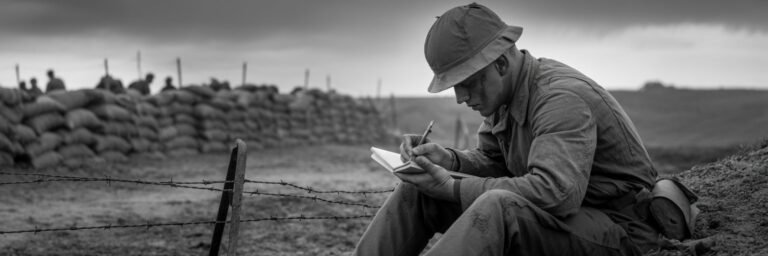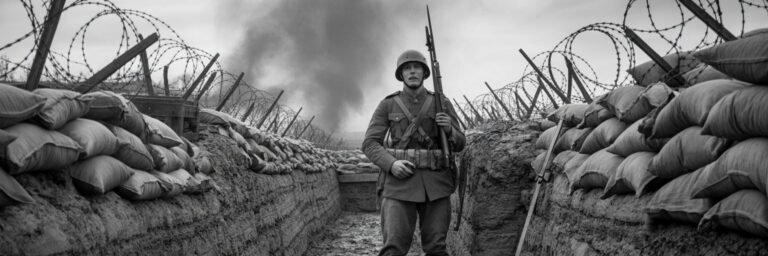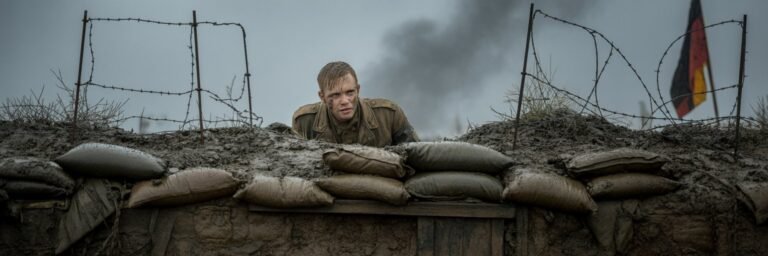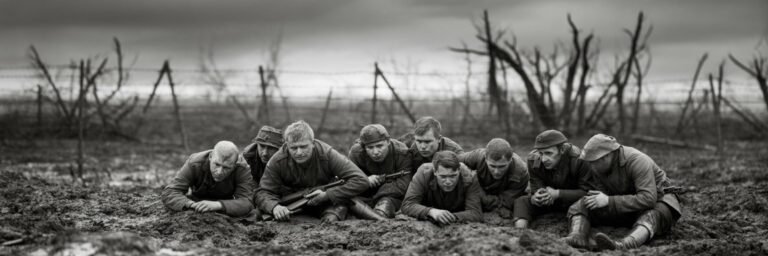INTRODUCTION
In the annals of history, there are moments that catalyze change on a global scale: periods of tumultuous upheaval that alter the course of human progress and paragraphs of bloodied prose written on the battlefield. The Great War, or World War I, as it was retrospectively named, was undeniably one of these moments. It left a haunting legacy of destruction and despair, yet also an archive of heroism and villainy that remains deeply etched in our collective consciousness. This article will examine the heroes and villains of World War I, revealing a tapestry of human resilience, courage, and brutality.
HISTORICAL BACKGROUND
World War I, erupting in 1914 and concluding in 1918, was a conflict of unprecedented scale, involving over 30 nations and resulting in an estimated 37 million casualties. Among the primary belligerents were the Allies, consisting of France, Russia, and the United Kingdom, later joined by Italy, Japan, and the United States, and the Central Powers, primarily composed of Germany, Austria-Hungary, and Turkey. The war’s origins are complex, intertwined with a web of alliances, rivalries, and geopolitical tensions, with the assassination of Archduke Franz Ferdinand of Austria acting as the spark to ignite the powder keg.
THEORIES AND INTERPRETATIONS
Historians have long speculated on the characters who played persuasive parts in the World War I drama, both as heroes and villains. The British nurse Edith Cavell, executed by German forces for aiding Allied soldiers’ escape, has often been portrayed as a heroic figure. On the contrary, figures such as Germany’s Kaiser Wilhelm II and Austria-Hungary’s failed diplomat Count Leopold Berchtold are often labeled as villains, their aggressive foreign policies and military strategies contributing significantly to the conflict’s escalation and destructive nature.
However, some interpretations challenge these designations. Many academics argue that the binary categorization into heroes and villains oversimplifies the reality of war and its players – humans driven by complex motives, fears, and aspirations. War, in this view, transforms ordinary people into both heroes and villains, often simultaneously.
MYSTERIES AND CONTROVERSIES
While World War I’s history appears significantly documented, certain mysteries and controversies eclipse some sections. Questions around who bears ultimate responsibility for the war remain divisive. Germany’s role, for instance, was officially decreed by the Versailles Treaty, but many scholars have disputed this interpretation, pointing to the shared culpability among power-hungry European empires.
Another significant controversy revolves around ‘the Christmas Truce’ of 1914 when reportedly some German and British troops declared armistice to celebrate Christmas, singing carols and playing football. This well-documented moment of brotherhood amidst a brutal war has been romanticized, though some suggest it merely serves to mask the war’s brutality.
SYMBOLISM AND CULTURAL SIGNIFICANCE
World War I, its heroes, and villains continue to symbolize much more than a historical conflict. They are vivid illustrations exploring notions of courage, sacrifice, nationalism, and the horrors of industrialized warfare. A potent example is the red poppy, a globally recognized symbol of fallen soldiers. Inspired by Lieutenant Colonel John McCrae’s poem, ‘In Flanders Fields,’ it stands as an enduring reminder of the blood spilled on the battlefields.
The war’s villains, particularly those from the Central Powers, became symbols of aggressive nationalism and military imperialism, images cemented by subsequent global conflicts. The dichotomy of heroes and villains has permeated through literature, film, and popular culture, further embedding World War I in our cultural psyche.
MODERN INVESTIGATIONS
Today, historians continue to delve into World War I, spurred by fresh perspectives, new sources, and evolving analytical tools. Modern investigations focus on examining the war’s social and psychological impact as well as previously sidelined players – women, colonial soldiers, and conscientious objectors. These explorations help paint a more nuanced and complete picture of its heroes and villains.
Similarly, technology has played a pivotal role in unearthing forgotten stories from the war. Digital projects like Europeana 1914-1918 have collected and digitized a wealth of personal letters, diaries, and photos, providing an intimate glimpse into the lives of the people embroiled in the conflict.
LEGACY AND CONCLUSION
The legacy of World War I and its characters continues to impact our world. Whether through the tumultuous geopolitical changes sowed by the conflict, the shift in societal perspectives, or the enduring symbolism carried over the past century, the Great War remains an indelible part of global history.
The heroes, such as the courageous nurses who braved the front lines and the soldiers who fell in the muddy trenches, are remembered for their undeniable valor. The villains, the power-hungry leaders, and strategists who propelled millions into a bloody conflict, serve as grim reminders of humanity’s capacity for destruction.
However, it is the people caught in the crossfire, both heroes and villains in their own narratives, who encapsulate the true horror and heroism of war. Their stories force us to confront our own understanding of heroism and villainy, challenging us to acknowledge the complex human spirit beneath historical labels. Today, as we grapple with new crises and confront old prejudices, the stories from World War I continue to resonate, serving both as warnings and beacons of hope. Indeed, history, as ever, reminds us that people are capable of both unimaginable cruelty and astounding bravery, sometimes within the same breath.






